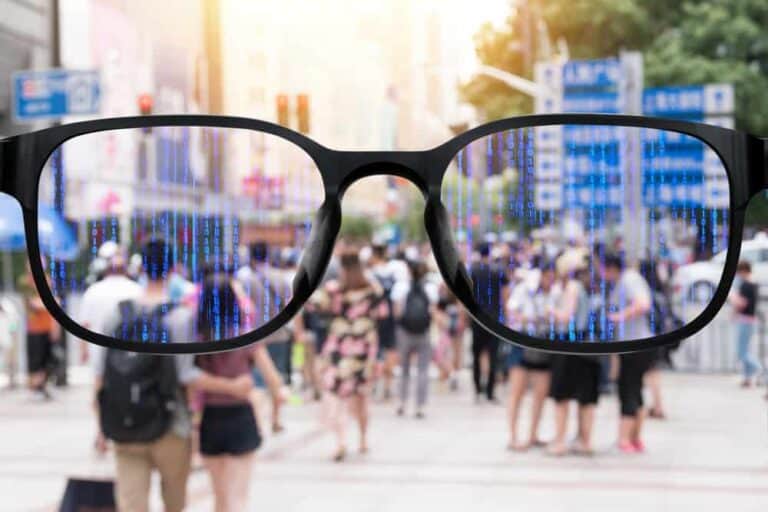Meta will launch Hypernova next month at Connect. It is the company’s first smart glasses with a built-in screen and designed for everyday use.
In addition, according to various sources, a wristband will be available that allows users to control the glasses with hand movements.
The Hypernova has been in development internally for several years. Meta sees the device as an important addition to the existing Ray-Ban Stories. These are the smart glasses that Meta has been selling together with EssilorLuxottica since 2021. Whereas previous models focused mainly on taking photos and videos with voice commands, Hypernova will have a small color screen incorporated into the right lens.
The screen has a limited field of view and is mainly used for simple notifications, such as incoming messages. Meta has therefore opted for a modest application of augmented reality for the time being, with an emphasis on ease of use and wearability.
The glasses are expected to cost around $800 and will be released in collaboration with Luxottica, the parent company of brands such as Ray-Ban and Prada. It is not yet clear under which label the Hypernova will ultimately appear in stores. Sources report that the collaboration between Meta and Luxottica has expanded in recent years and that sales figures for the second generation of Ray-Ban Stories have now reached over two million units.
Crucial role for wristband
In addition to the glasses, the wristband plays a crucial role in Meta’s strategy. It was developed with technology from CTRL Labs, a company Meta acquired in 2019. The wristband reads electrical signals in the muscles of the arm and translates them into commands. This makes it possible to operate the glasses without cameras or traditional buttons. The system is still in an experimental phase, but the data currently being collected should pave the way for future versions of fully-fledged AR glasses.
Meta seems aware of the limitations of the new device. The company is not counting on high sales figures in the initial phase, partly because the glasses are heavier and thicker than previous models. Mark Gurman, a journalist at Bloomberg, reports that Meta has lowered the price from an initial $1,400 to around $800, partly by accepting lower margins to stimulate demand.
The introduction of the Hypernova builds on Meta’s previous experiments. According to Android Central, the company wants to continue where the earlier prototypes left off. During Connect last year, Mark Zuckerberg unveiled Orion, a pair of prototype glasses with augmented reality in both lenses that could project digital images over the physical world. Orion was not intended for the market, but served to demonstrate the possibilities AR could offer in the future.
Strategic investment in Luxottica
Meta recently acquired just under three percent of EssilorLuxottica, a stake worth approximately three billion euros. This secures Meta deeper collaboration, better knowledge of production processes, and access to global distribution networks. Sources report that the stake could eventually be expanded to five percent. The deal follows the launch of Oakley glasses alongside the Ray-Ban line and fits in with Mark Zuckerberg’s broader vision of putting AI at the heart of smart glasses. Analysts expect the market to be worth over eight billion dollars by 2030.
